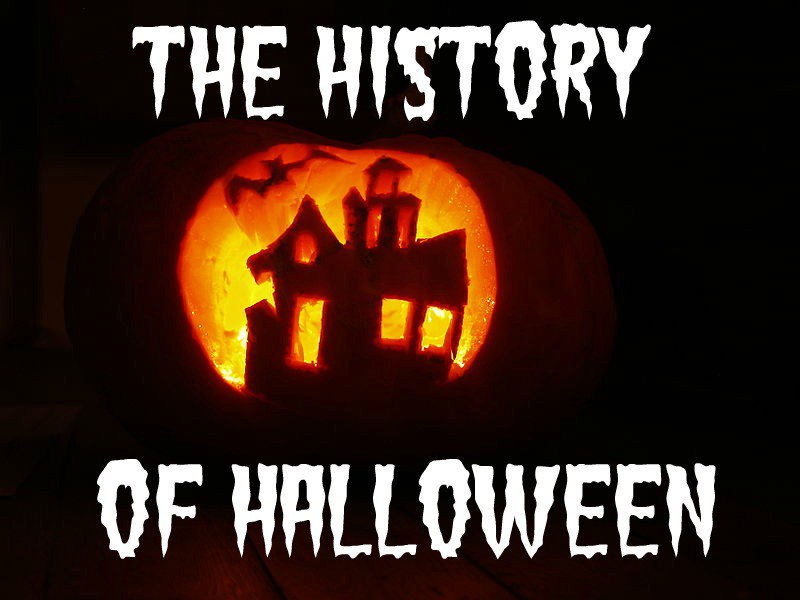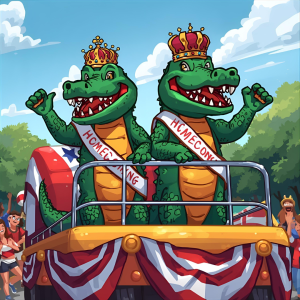An in-depth look into Halloween
October 31, 2022
Halloween. The celebration everyone looks forward to since the beginning of October. We celebrate it with scary movies, candy, and trick-or-treating. But Halloween actually has a rich history that dates back to the 19th century.
The English word ‘Halloween’ comes from “All Hallows’ Eve,” the evening before the Christian holy days of All Hallows’ Day on 1 November and All Souls’ Day on 2 November. Today’s Halloween customs are thought to have been influenced by folk customs and beliefs from Celtic-speaking countries, some of which are believed to have pagan roots. Anglican colonists in the southern United States and Catholic colonists in Maryland recognized All Hallow’s Eve in their church calendars. It was not until after mass Irish and Scottish immigration in the 19th century that Halloween became a major holiday in America and most American Halloween traditions were inherited from the Irish and Scots.
Development of artifacts and symbols associated with Halloween formed over time. Jack-o’-lanterns are traditionally carried by guisers on All Hallows’ Eve to frighten evil spirits. The American tradition of carving pumpkins is recorded in 1837 and was originally associated with harvest time in general, not becoming specifically associated with Halloween until the mid-to-late 19th century. The modern imagery of Halloween comes from many sources, including Christian eschatology, national customs, works of Gothic and horror literature (such as the novels Frankenstein; or, The Modern Prometheus and Dracula), and classic horror films such as Frankenstein (1931) and The Mummy (1932). The imagery of the skull serves as a reminder of death and the transitory quality of human life. Elements of the autumn season, such as pumpkins, corn husks, and scarecrows, are also prevalent. Homes are often decorated with these types of symbols around Halloween. Halloween imagery includes themes of death, evil, and mythical monsters. Black cats, which have been long associated with witches, are also a common symbol of Halloween. Black, orange, and sometimes purple are Halloween’s traditional colors.
Trick-or-treating is a customary celebration for children on Halloween. Children go in costume from house to house, asking for treats such as candy or sometimes money, with the question, “Trick or treat?” The word “trick” implies a “threat” to perform mischief on the homeowners or their property if no treat is given. The practice is said to have roots in the medieval practice of mumming, which is closely related to souling. A popular variant of trick-or-treating, known as trunk-or-treating (or Halloween tailgating), occurs when “children are offered treats from the trunks of cars parked in a church parking lot”, or sometimes, a school parking lot. In a trunk-or-treat event, the trunk (boot) of each automobile is decorated with a certain theme, such as those of children’s literature, movies, scripture, and job roles.
Halloween costumes were traditionally modeled after figures such as vampires, ghosts, skeletons, scary-looking witches, and devils. Over time, the costume selection extended to include popular characters from fiction or celebrities, such as ninjas and princesses.
Haunted attractions are entertainment venues designed to thrill and scare patrons. Most attractions are seasonal Halloween businesses that may include haunted houses, corn mazes, and hayrides, and the level of sophistication of the effects has risen as the industry has grown.
Because in the Northern Hemisphere Halloween comes in the wake of the yearly apple harvest, candy apples (known as toffee apples outside North America), caramel apples, or taffy apples, are common Halloween treats made by rolling whole apples in a sticky sugar syrup, sometimes followed by rolling them in nuts.
So, Halloween actually has many elements that happen with it, and everyone is sure to look forward to it every year, on October 31st.







